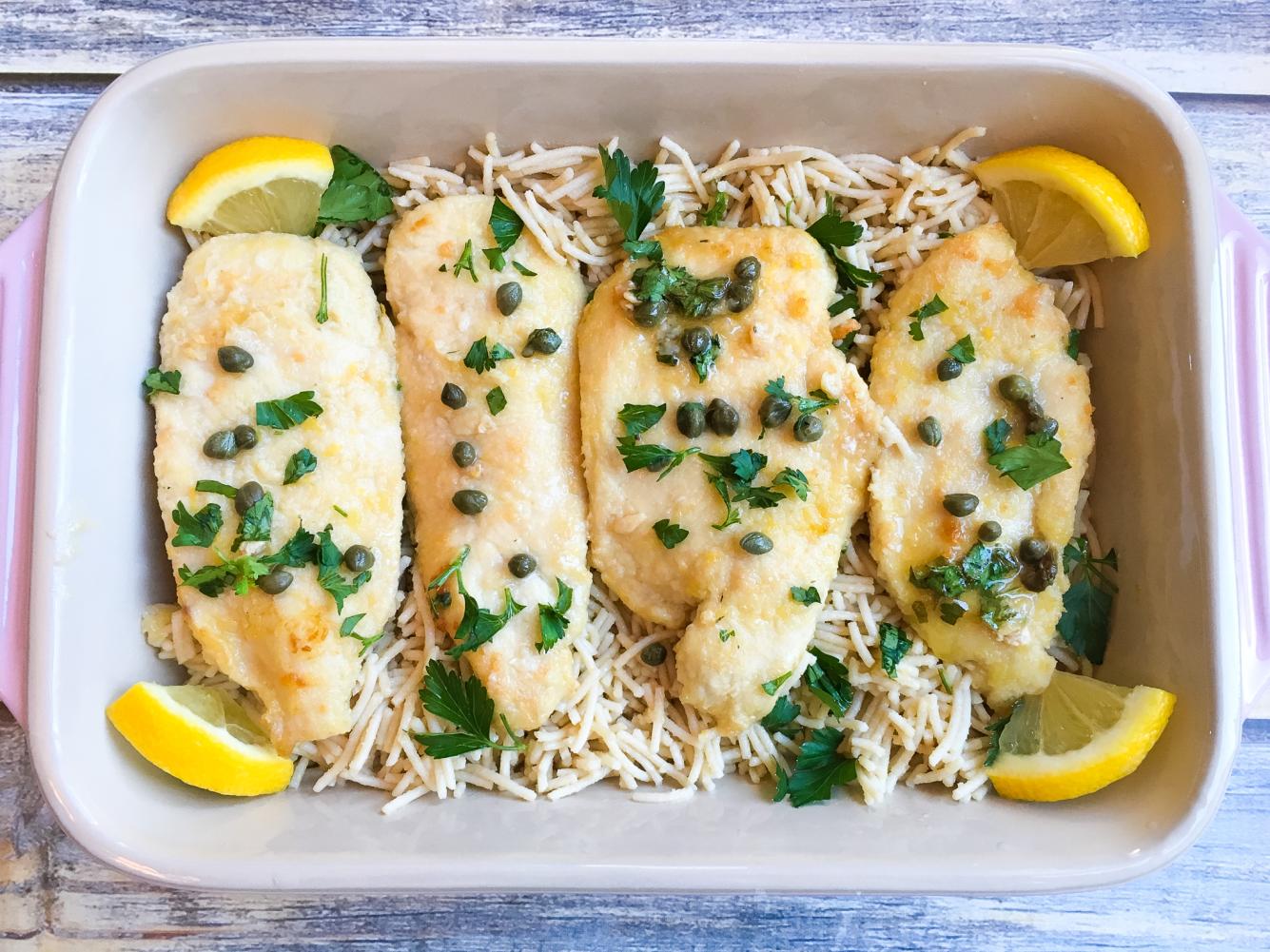Can Low-FODMAP Recipes Help Reduce Bloating and Gas?
For individuals struggling with digestive issues like bloating, gas, and abdominal pain, the concept of FODMAPs (fermentable oligosaccharides, disaccharides, monosaccharides, and polyols) has gained significant attention. FODMAPs are a group of short-chain carbohydrates that can be poorly absorbed in the small intestine, leading to digestive discomfort in sensitive individuals.

1. What Are Low-FODMAP Recipes?
- Low-FODMAP recipes are culinary creations that limit or eliminate high-FODMAP foods, aiming to alleviate digestive symptoms.
- Following a low-FODMAP diet can provide significant benefits for individuals with digestive issues, including reduced bloating, gas, abdominal pain, and diarrhea.
2. How Do Low-FODMAP Recipes Work?
The science behind low-FODMAP recipes lies in the fact that reducing FODMAP intake can help alleviate digestive symptoms. When FODMAPs reach the large intestine, they are fermented by gut bacteria, producing gas and other compounds that can cause bloating, pain, and diarrhea.
- High-FODMAP Foods: Examples include wheat, rye, barley, legumes, certain fruits and vegetables, and some dairy products.
- Low-FODMAP Foods: Examples include rice, oats, quinoa, most vegetables, certain fruits, and lactose-free dairy products.
3. Benefits Of Following A Low-FODMAP Diet:
- Reduced Bloating and Gas: A low-FODMAP diet can significantly reduce bloating and gas, providing relief from uncomfortable digestive symptoms.
- Alleviated Abdominal Pain: Many individuals with digestive issues experience abdominal pain, which can be effectively reduced by following a low-FODMAP diet.
- Improved Diarrhea: Diarrhea is a common symptom associated with FODMAP intolerance. Adopting a low-FODMAP diet can help improve stool consistency and reduce diarrhea.
4. Challenges Of Following A Low-FODMAP Diet:
While a low-FODMAP diet offers numerous benefits, it also presents certain challenges:
- Careful Food Selection: Individuals need to be mindful of food choices to avoid high-FODMAP foods and ensure a balanced diet.
- Meal Planning: Following a low-FODMAP diet requires careful meal planning to ensure adequate nutrient intake and avoid digestive discomfort.
Tips for Overcoming Challenges:
- Use low-FODMAP cookbooks, online resources, and support groups to simplify food selection and meal planning.
- Consult with a registered dietitian or healthcare professional to ensure a balanced and nutritious low-FODMAP diet.
5. Low-FODMAP Recipes For Relief:

To help individuals experiencing digestive issues, here are a few easy-to-follow, low-FODMAP recipes that address common symptoms:
- Low-FODMAP Breakfast: Oatmeal with berries and nuts
- Low-FODMAP Lunch: Quinoa salad with grilled chicken or tofu
- Low-FODMAP Dinner: Baked salmon with roasted vegetables
- Low-FODMAP Snack: Rice cakes with almond butter and banana
- Low-FODMAP Dessert: Dark chocolate mousse
6. Tips For Creating Your Own Low-FODMAP Recipes:
- Adapt Favorite Recipes: Modify your favorite recipes by substituting high-FODMAP ingredients with low-FODMAP alternatives.
- Identify and Substitute: Use low-FODMAP ingredient lists to identify and replace high-FODMAP ingredients.
Conclusion:

For individuals struggling with digestive issues, low-FODMAP recipes offer a potential solution to alleviate symptoms like bloating, gas, and abdominal pain. By limiting or eliminating high-FODMAP foods, these recipes can provide significant relief and improve overall digestive health. Exploring low-FODMAP recipes and adopting a low-FODMAP diet can be a transformative step towards a more comfortable and enjoyable life.
YesNo

Leave a Reply